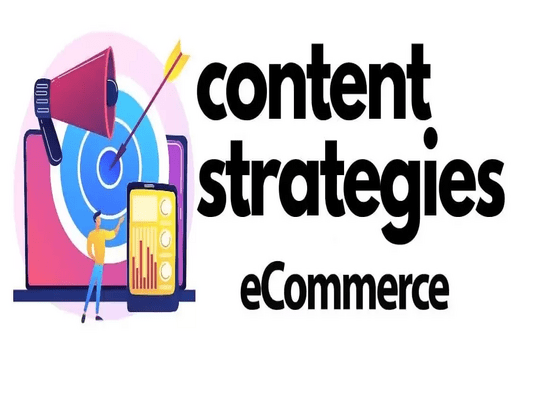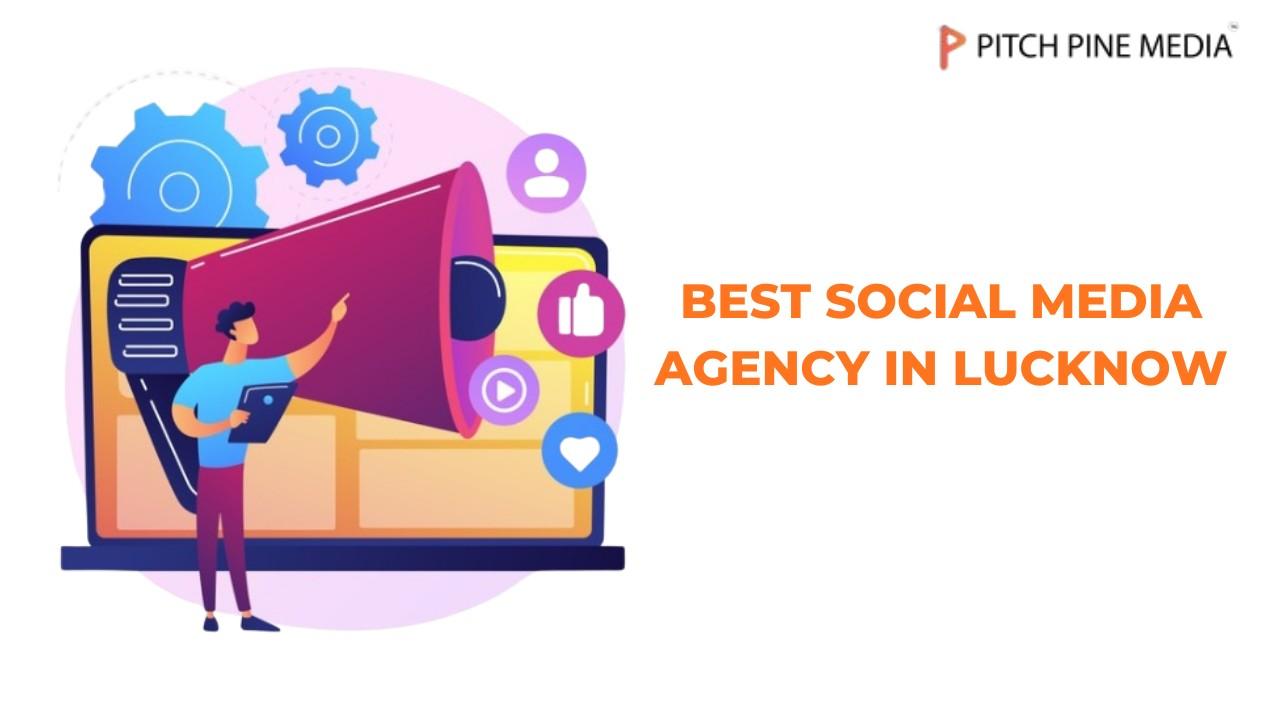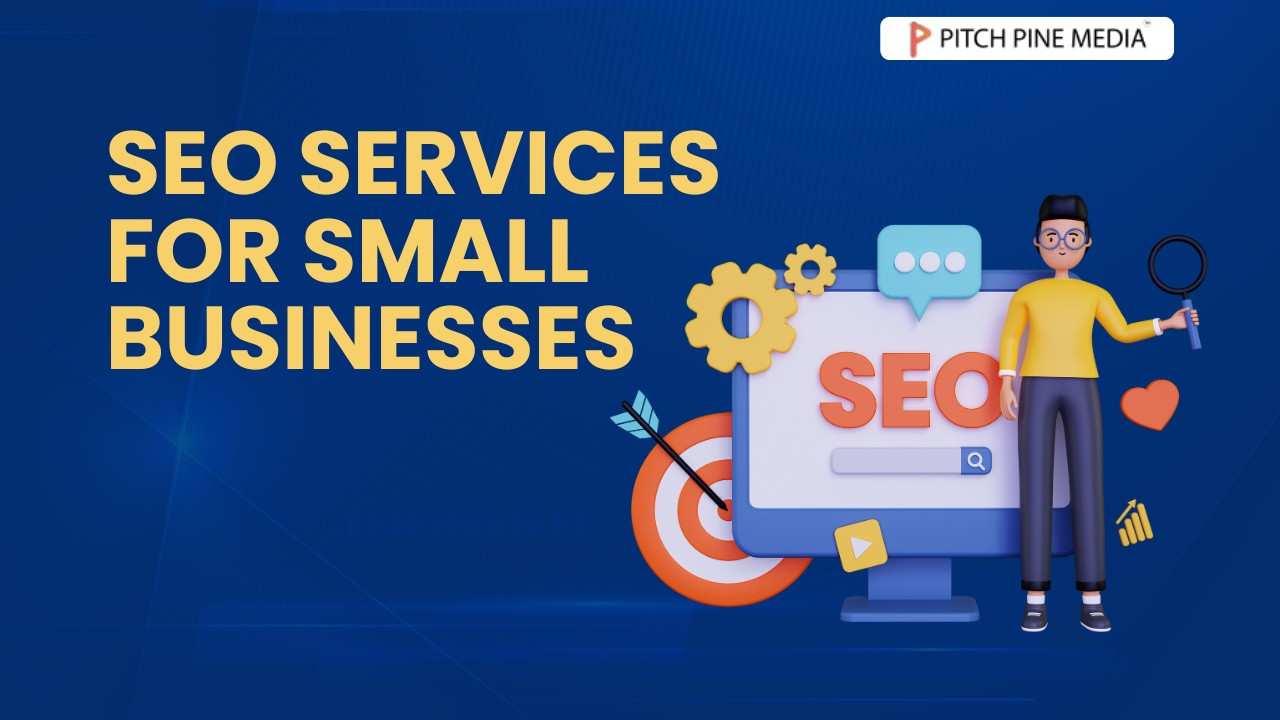More than just having great goods is needed to stand out in the world of online shopping. To make customers feel comfortable buying from you, you need to tell them your story and connect with them. A good e-commerce content plan can help with your sales, production, and the company’s promotion. Clients will be more likely to buy from you if you write helpful blogs and tips that will always be useful.
What Is an E-commerce Content Strategy?
An e-commerce content strategy is a well-thought-out plan that helps online businesses create, share, and manage content. This strategy keeps their audience interested and brings in more sales. It’s more important to make content that is useful and relevant to your customers and interests. This matters more than just posting blog posts or product updates.
This method, which is often called “content marketing e-commerce,” helps build trust and trustworthiness. It helps your brand be more than just a store; it turns into something people use. When done right, content marketing makes your website more visible and keeps people coming back.
Why Content Matters for E-commerce Brands?
Content is essential to the expansion of e-commerce brands. This is how it has an impact:
- Builds Trust and Awareness: Customers are more motivated to trust your brand when they find great, useful information on your website. Blogs that explain how to choose and use products will make your brand seem reputable and knowledgeable.
- Boosts Engagement: Content encourages site visitors to stay. Engaging content like a buying guide, behind-the-scenes story, or how-to video keeps your audience engaged with your brand.
- Increases Conversions: Information eases buying. Consumers are more likely to buy a product if they understand its benefits and suitability. Bloggers and guides educate and persuade without pressure.
How Blogs Drive E-commerce Growth?
One of the best strategies for e-commerce content marketing is still blogging. It raises your brand’s search engine ranking, draws in natural traffic, and maintains audience interest.
- Answer Customer Questions: People who are actively searching for answers are drawn to logs that answer frequently asked questions or problems in your topic.
- Highlight Product Benefits: Use blog posts to describe how your products handle actual issues. A skincare company might, for example, write about ingredients, routines, or seasonal maintenance advice.
- Strengthen Internal Links: To encourage users to buy, include links in your blog posts to related product pages or categories.
- Support Long-Term SEO: After they are published, well-optimized blogs continue to generate traffic for months or even years.
Creating an Effective E-commerce Content Strategy
It takes time and deliberate effort to create an e-commerce content marketing strategy. Here’s how to create one that actually produces outcomes:
- Know Your Audience: Be aware of your customers’ needs. Discover buyer personalities’ needs, challenges, and objectives. Fit the mood and topics to them.
- Define Clear Goals: Determine your goals for each piece of content. Are you looking to increase traffic, conversions, or brand awareness? Having quantifiable goals aids in maintaining concentration.
- Content Organization: Create a blog topic, publishing date, and seasonal marketing schedule. Keep your plan balanced with evergreen suggestions, trend-based blogging, and promotions.
- Optimize SEO: SEO supports e-commerce SEO content strategies. Check keywords, meta tags, headings, and both internal and external links. Writing naturally is important, but you should still use appropriate search terms.
- Use Visuals and Video: Add interesting photos, infographics, or brief movies to your written content. This keeps readers interested and breaks up the text. Product demos and instructional videos can also boost conversions.
- Repurpose and Refresh Content: Convert a lengthy blog post into a brief social media video or add new details to an outdated tutorial. Recycling helps you keep your content current and engaging.
Metrics That Matter for E-Commerce Success
To improve your e-commerce content strategy, performance tracking is essential. Utilize tools such as Ahrefs or GTM to track conversions, engagement, and traffic. Keep an eye on the subjects and formats that work best, and modify your approach appropriately.
Analyse metrics such as:
- Conversion rate
- Increasing organic traffic
- Engagement (comments, shares, page time)
- Top keywords
By understanding what works, you can concentrate on producing more of it.
Conclusion
Your online store becomes a reliable resource rather than just a place to shop when you have a well-thought-out e-commerce content strategy. Evergreen guides and blogs not only draw customers in, but they also foster connections that lead to recurring business. Combining SEO, customer-focused insights, and storytelling makes your content a brand growth engine.
If you need professional assistance creating a content strategy that yields quantifiable outcomes, Pitch Pine Media can assist you. We can help you in organizing, designing, and implementing campaigns that increase your e-commerce company’s visibility and sales.













